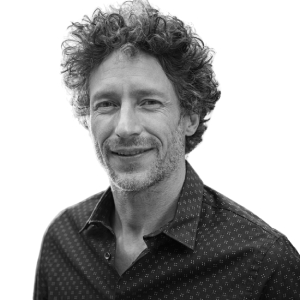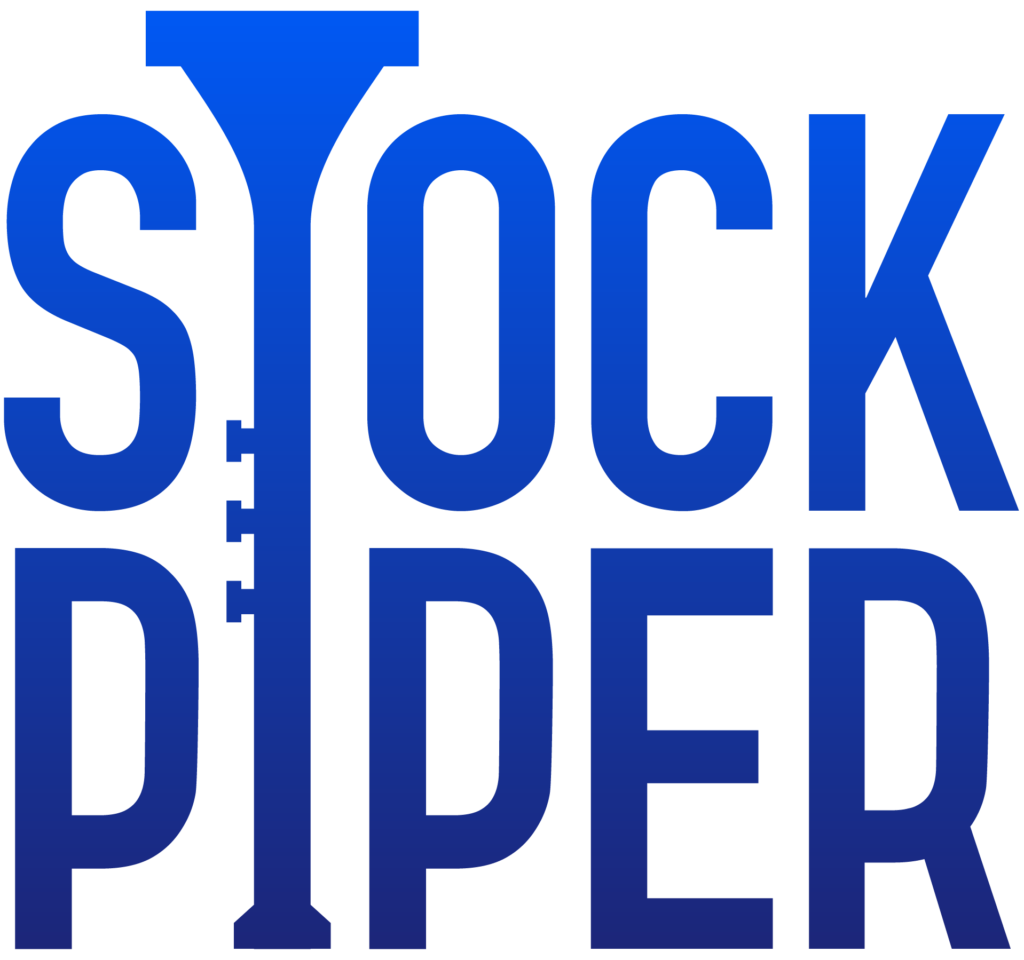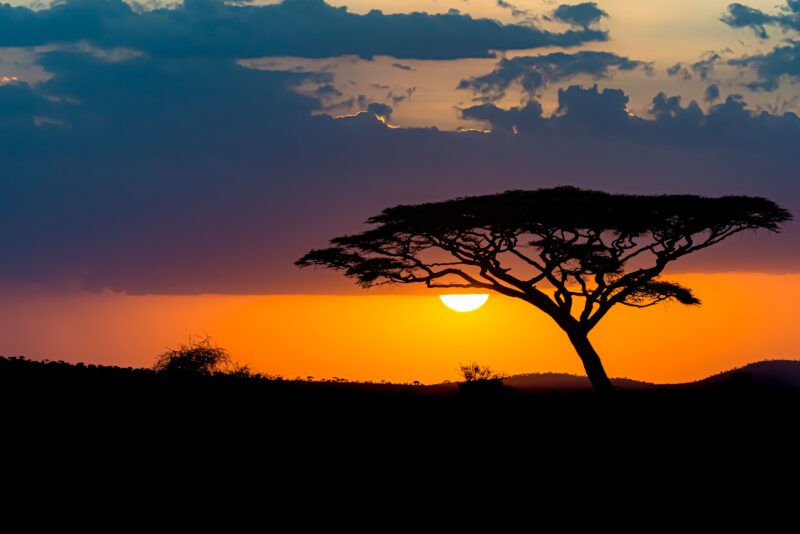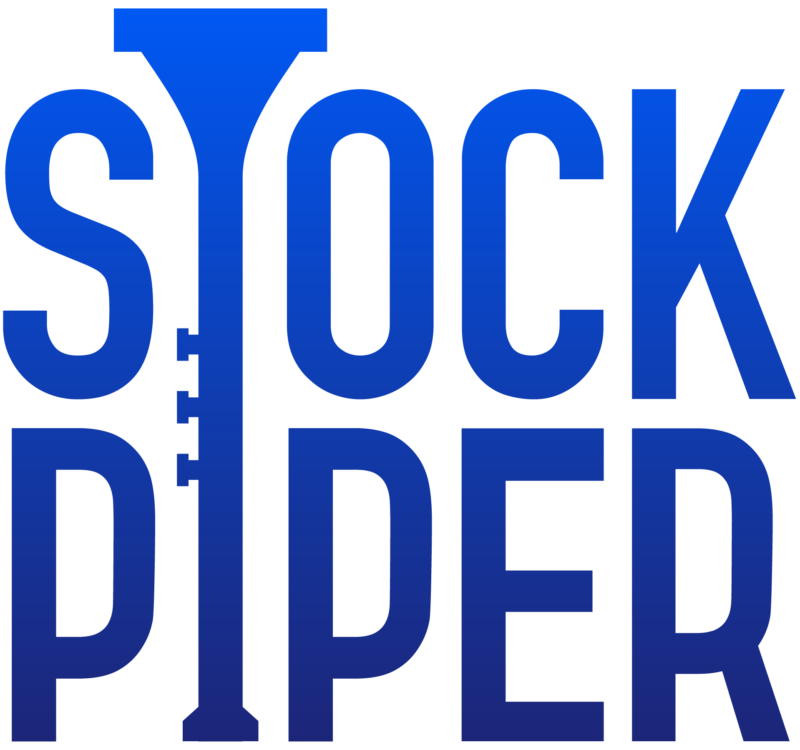Before discussing anything let's see some future demand predictions for copper from some major financial groups:
- McKinsey predicts global copper demand to reach 36.6 million tonnes by 2031, compared to the current 25 million tonnes.
- Goldman Sachs estimates the green sector's share of copper consumption to jump from 4% in 2020 to 17% by 2030.
- S&P Global Market Intelligence forecasts a near-doubling of annual demand to 50 million tonnes by 2035.
These figures highlight a potential supply gap. While copper reserves exist, bringing new mines online takes time, and current production is projected to struggle to meet the rising demand. This situation suggests potential price increases for copper in the coming years.
Why is the copper demand increasing?
The demand for copper is on a significant upward trajectory and driven by two primary factors:
- Green energy transition: The surge in renewable energy sources like solar and wind power requires extensive use of copper for electrical wiring and infrastructure. Additionally, the rise of electric vehicles heavily relies on copper for their motors and batteries.
- Global infrastructure development: Rapid urbanisation and economic growth, particularly in developing nations, lead to increased demand for copper in construction, power grids, and consumer electronics.
It may be clear to you how high the demand for copper is, and the one company with its continuous research and environmentally friendly techniques potentially could be the next big player. The company in talk is Cobre Limited (ASX: $CBE) and here is a little introduction on Cobre.
Cobre Limited (ASX: $CBE)
Cobre Limited is an exploration-focused company in the mining sector, established in 2018. Their primary focus is on copper, a metal crucial for the green energy revolution. Cobre actively explores promising copper-rich regions in two countries:
- Botswana's Kalahari Copper Belt: This belt is recognised by the US Geological Survey as highly prospective for undiscovered copper deposits. Cobre holds extensive land rights here for exploration.
- Western Australia: Cobre owns projects in Western Australia's Panhandle Greenstone Belt, where they've made noteworthy discoveries of high-grade copper, gold, and silver deposits.
Here is why we think Cobre Limited could potentially be the next big player in the copper mining industry:
Among three players in the Kalahari Copper Belt (KCB)
This site is a high copper-rich site and Cobre is the second largest landholder here. Cobre Limited has spent the last five years in this area, along with the company that had this land before Cobre, about five years ago and around 40 million dollars has been invested to get to the point where Cobre Ltd is about now, in terms of exploration and development of copper in this belt.
Tests at Ngami Copper Project (NCP)
Cobre recently announced the successful completion of the first phase of hydrogeological test work on the Ngami Copper Project (NCP) in the Kalahari Copper Belt (KCB), Botswana. The programme has been designed to provide essential information to demonstrate the viability of an In-Situ Copper Recovery (ISCR) process for extraction of copper-silver from the significant strike of mineralisation.
The in-situ recovery process is important because it will require low OpEx, and low CapEx, and is environment friendly too. Even with the in situ process, the company can produce a green copper cathode on site.
High-Grade Copper Discovery
KCB deposits exhibit a variety of copper grades, Cobre has discovered a 40 km stripe, between 10 - 30 metres deep, of chapaside copper. Cobre therefore has the highest grade chapaside copper, trending along a 40 km strike zone, which is located in one of the most globally significant and strategic copper districts.
Cobre’s competitors present at the site are producing a copper concentrate, which is a lower grade. What generally happens is that these companies sell the concentrate to take it to the next stage of development. Cobre can ultimately produce the final product on-site. So, with the high-grade copper, Cobre has the development advantage.
Highly Economic Extraction
Cobre’s project has the potential to be at the lowest OpEx, which is around 4 - 5 times more affordable, from a CapEx perspective, than a traditional open pit mine. The CapEx is extremely low and the OpEx is very low, along with an exceptional IRI. Cobre is looking at a very large MPV, with potentially the lowest OpEx and CapEx numbers globally.
$4 Million in funding for further development
On the 4th of March 2024, Cobre completed a $4 million placement for the further development of the Company’s Kalahari Copper Belt Projects in Botswana. Cobre Limited's recent $4 million placement to fund its Kalahari Copper Belt projects in Botswana is good news for Cobre, as the growth comes with the capex done. The placement was backed by existing and new investors, including the company's largest shareholder and even its directors, which demonstrates confidence in the company's future.
With the highest grade copper on hand and economic ways to extract it, Cobre has the potential to meet the global demand in coming years and potentially become the next big player of the Kalahari Copper Belt in a short period of time.
Author
-

Mark Davidson is an experienced investment analyst and fund manager with a keen eye for identifying market trends. With a strong background in financial services, Mark has contributed to several successful investment ventures over his career. He holds a degree in Economics and has a passion for helping businesses grow and thrive.
View all posts



